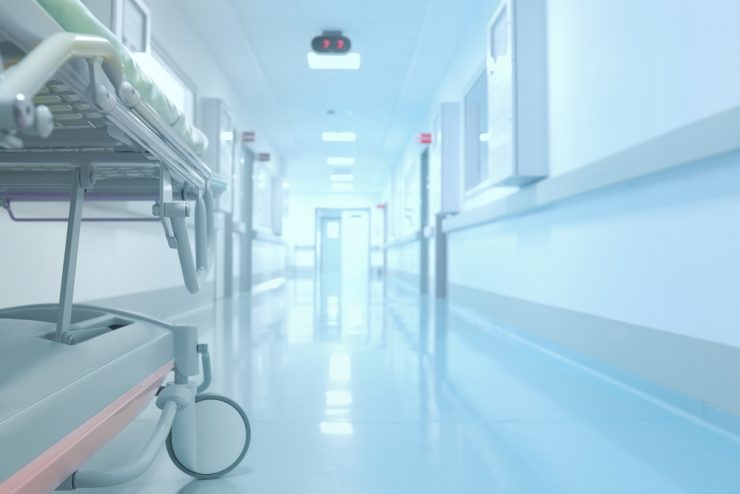Mastectomy is surgical removal of breast and skin covering it, usually when it has been affected by cancer. There are other treatment options available, but best suited option in an individual case depends on the size of the tumor, number of tumors and its spread span to the other body parts.
Types of mastectomy
Simple mastectomy – removal of the breast tissue
Radical mastectomy – removal of breast tissue and also the muscles from the chest wall (this is a rare form)
Modified radical mastectomy – removal of breast tissue along with the lymph nodes in the armpit.
Complications
Mastectomy is safe and effective in most cases and has a few side effects which come with it. These include pain and swelling post operation and a permanent scar at the place where the cut is made.
Some cases can encounter complications. The wound site might become red, painful, inflamed and have a discharge and end up with a wound infection which can then be treated with antibiotics. People who undergo modified radical mastectomy or have taken radiotherapy post operation can develop a condition called lymphoedema, which is a build up of fluid in the arm causing pain, swelling and sensitivity in the arm and hand. This condition can be prevented by proper skin care and exercise, about which the medical professional would guide the concerned person. At times, fluid can also collect around the wound (this condition is seroma) which would need to be drained.
Any of the above complications need to be brought to your doctor’s notice so prompt action can be taken.
Purpose
Mastectomy is performed to remove all cancerous cells from the breast. It is a very effective way to cure breast cancer and to prevent the risk of it spreading to other body parts. Once breast cancer has been diagnosed, mastectomy should be performed as early as possible, prompt detection and treatment can ensure successful results and recovery.
Procedure
If breast cancer has been diagnosed, the patient may be advised to go for chemotherapy (ant-cancer medication) or hormone therapy (medication to stop hormones that promote cancer cells) prior to mastectomy. These medications help to reduce the size of the tumor, which makes the surgery easier and requires small amount of breast tissue to be removed. These drugs can continue post operation to prevent recurrence of cancer.
Hormone therapy might not be suitable for all types of breast cancers. Medical professionals can do a fine needle aspiration (FNA) test to determine the cancer type. A fine needle and syringe is used to take a sample from the lump in the affected breast which is then tested in the laboratory.
Radiotherapy (radiation beams focused to kill cancerous cells) is also used post operation to ensure removal of any remnant cancer cells.
Mastectomy is done under a general anaesthetic. A diagonal or horizontal cut is made across the breast and the entire breast tissue is removed. The surgeon removes a few lymph nodes as well, to check the presence of cancer cells. If present, the lymph nodes from the under arm also are completely removed. In these cases, surgery is followed with radiotherapy. Some people opt for breast reconstruction during mastectomy which is a process where a new breast in the form of a silicone implant or tissue from another body part (like back or abdomen) is used to replace the tissue removed during the surgery. Some people may opt to get breast reconstruction done at a later stage or not get it done at all.
Once the procedure is done, the incision is closed with stitches.
Recovery
Soon after mastectomy, the patient will wake up feeling sore and painful. This can be controlled with pain-killers. It helps to inform your doctor when you feel more pain, so medications can accordingly be adjusted.
Intravenous fluids are given till the patient is able to take food and water orally. Drainage tubes might be attached to the wound site to get rid of blood and tissue fluid from the wound and prevent any fluid collection that can later cause infection.
One might stay in hospital for 3-5 days depending on the extent of surgery. Once ready to go home, you will be advised dos and don’ts. You will be advised to take rest, do gentle exercises to relieve stiffness and pain and to enhance blood circulation in the operated area. You will also be advised to wear suitable bras and bra inserts (in case breast reconstruction is not done) and how to look after your scar.
Recovery from mastectomy can be emotionally draining. Help from family and close ones and from other people who have gone through similar circumstances can count a lot in reovery.












